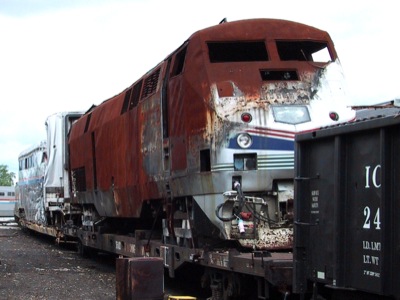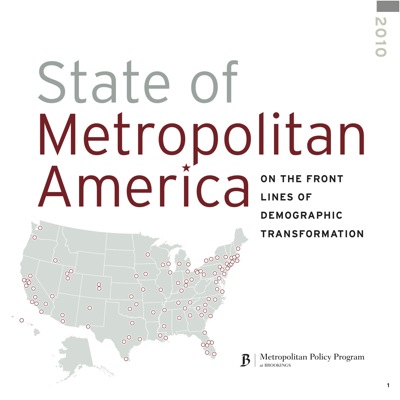The Antiplanner’s previous post about the Gulf oil spill featured a streaming video showing the underwater plume of oil. When I checked it after the post went live, the video showed no oil, so I suggested they had stopped the leak. But that turned out to be optimistic; now the video stream just shows a test screen. (BP has other live feeds if you want to look at one.)
In the meantime, we’ve been treated to hysteria about the spill from all sides. Curiously, most media reports measure the amount of oil released in gallons, when it is conventional to use larger units, such as tons (which are a little over 300 gallons), when describing large amounts. In terms of tons, the spill is in the tens of thousands; in terms of gallons, it is in the millions. Millions sounds bigger, so that is what sensationalists would use. (I suppose they could use ounces.)
The last major spill in the Gulf required 10 months of effort to plug. That was in 1978. I suspect that the current spill attracts more attention because we have better video, and television news today is defined by what they can put on video.









